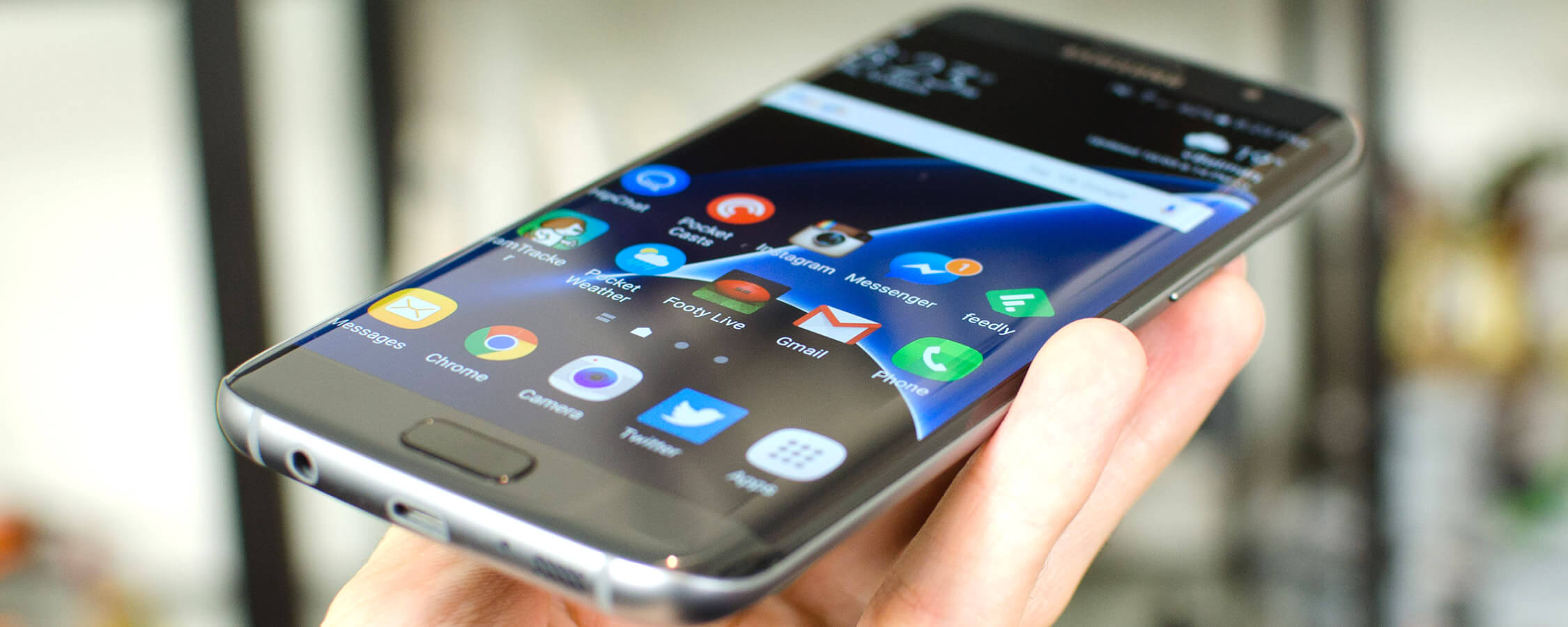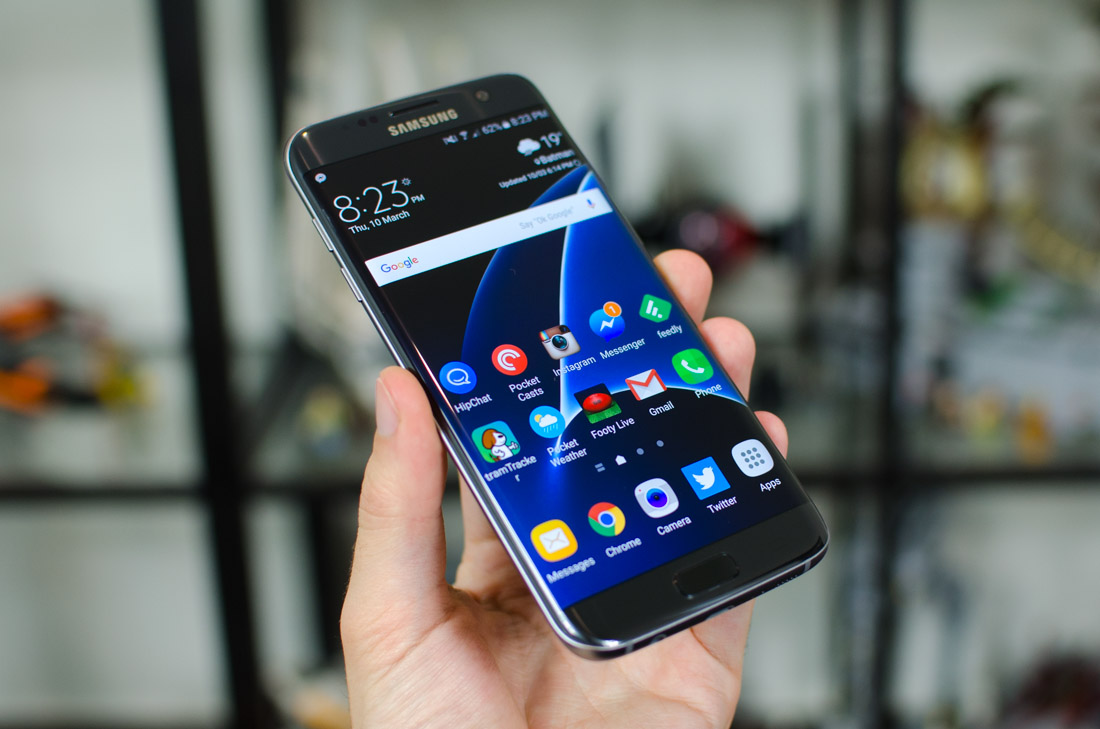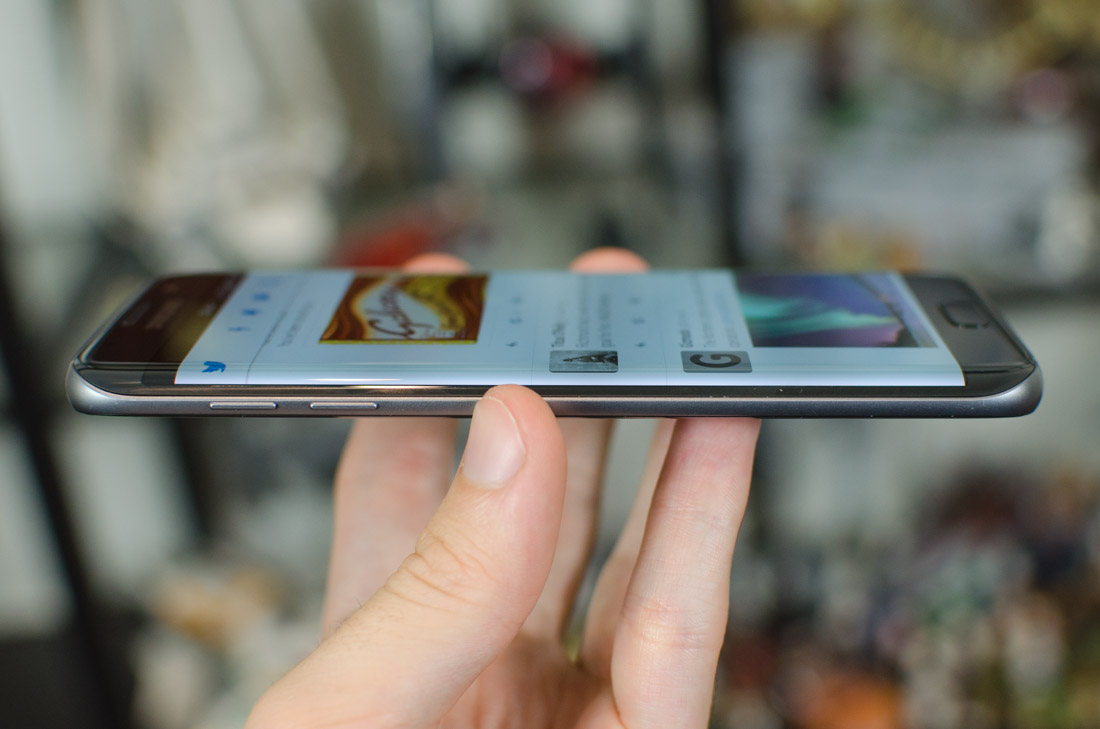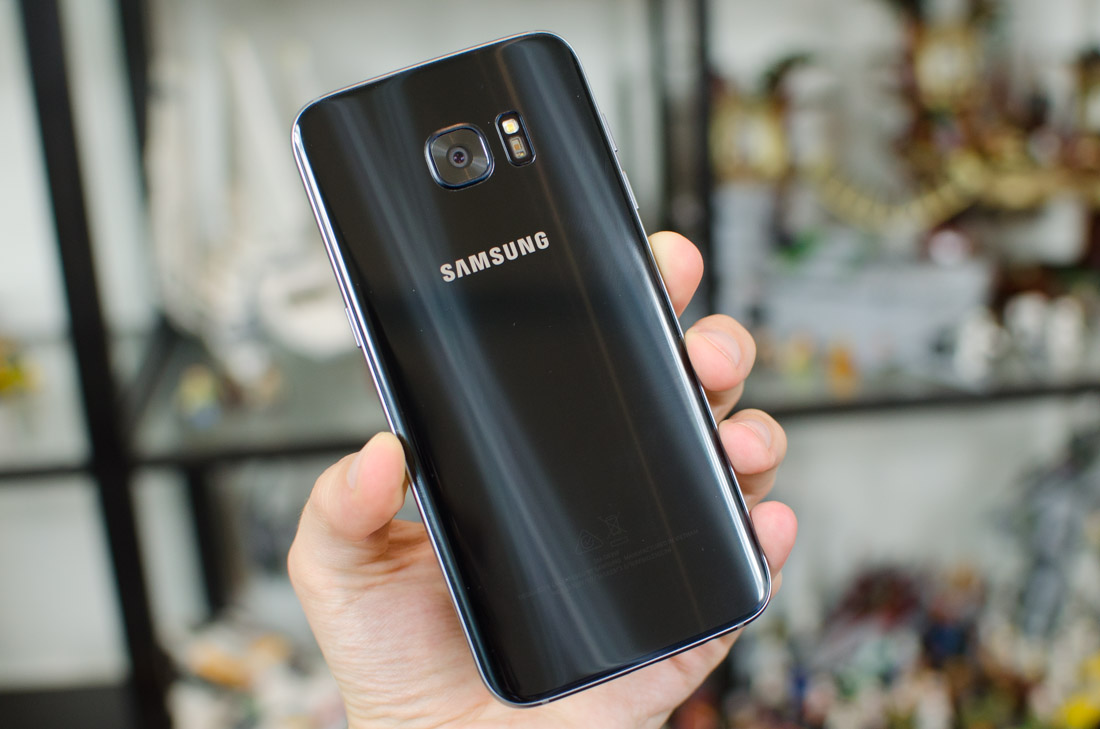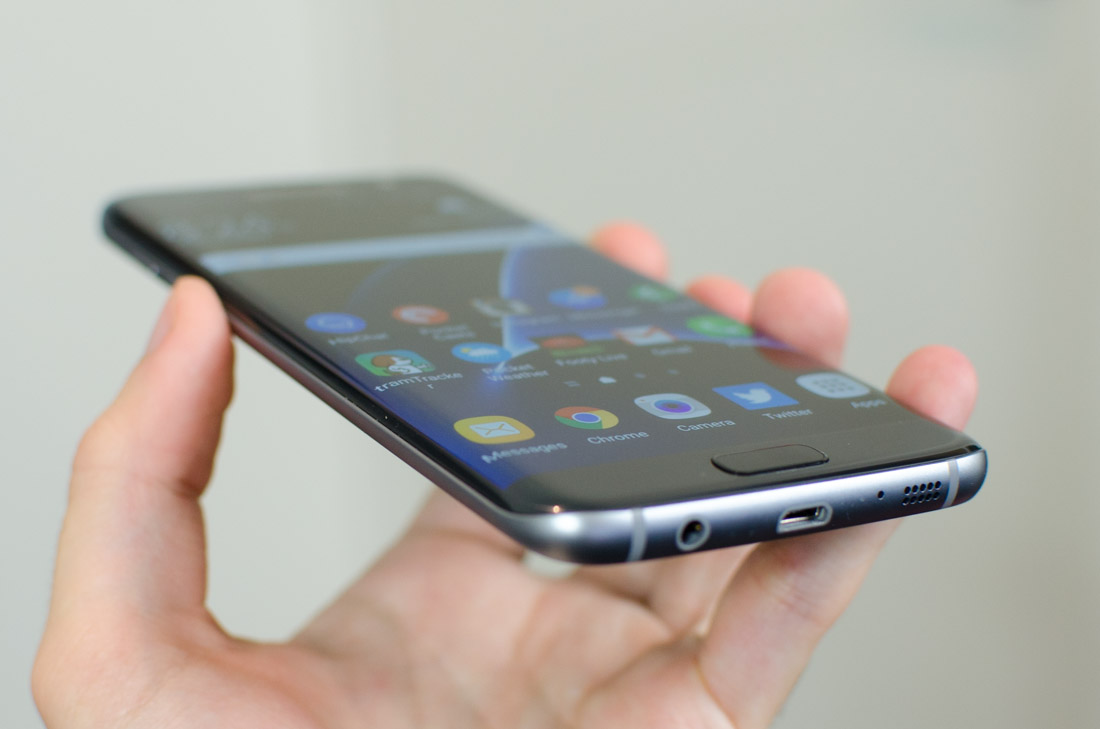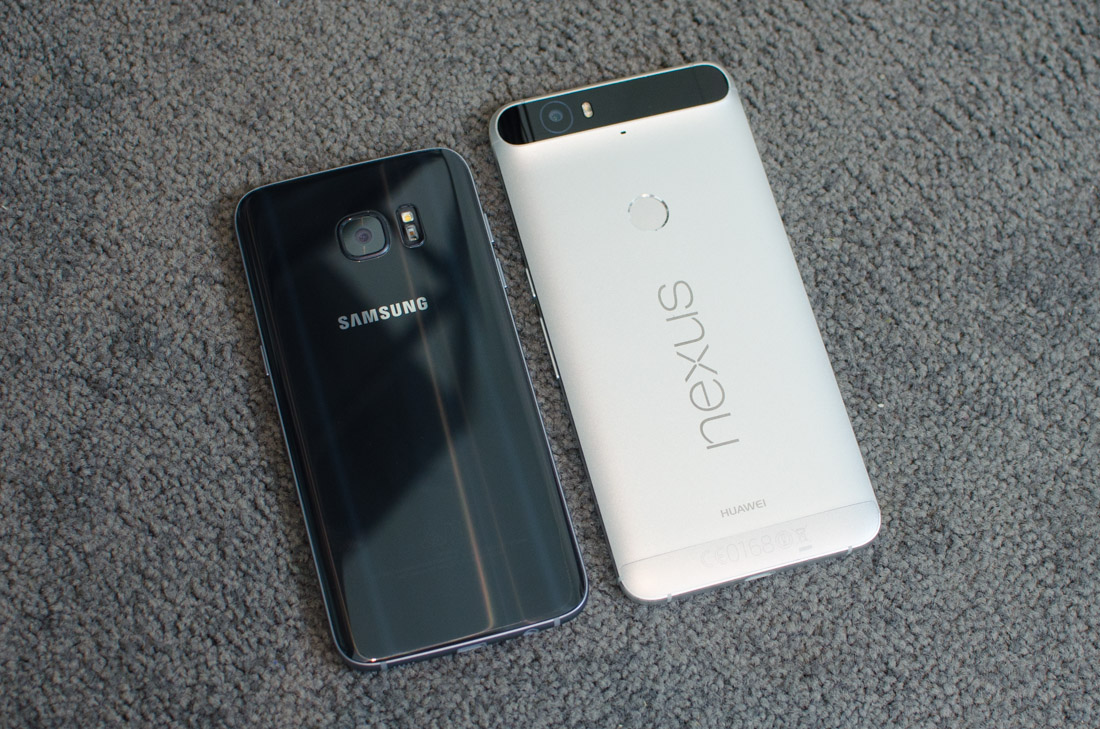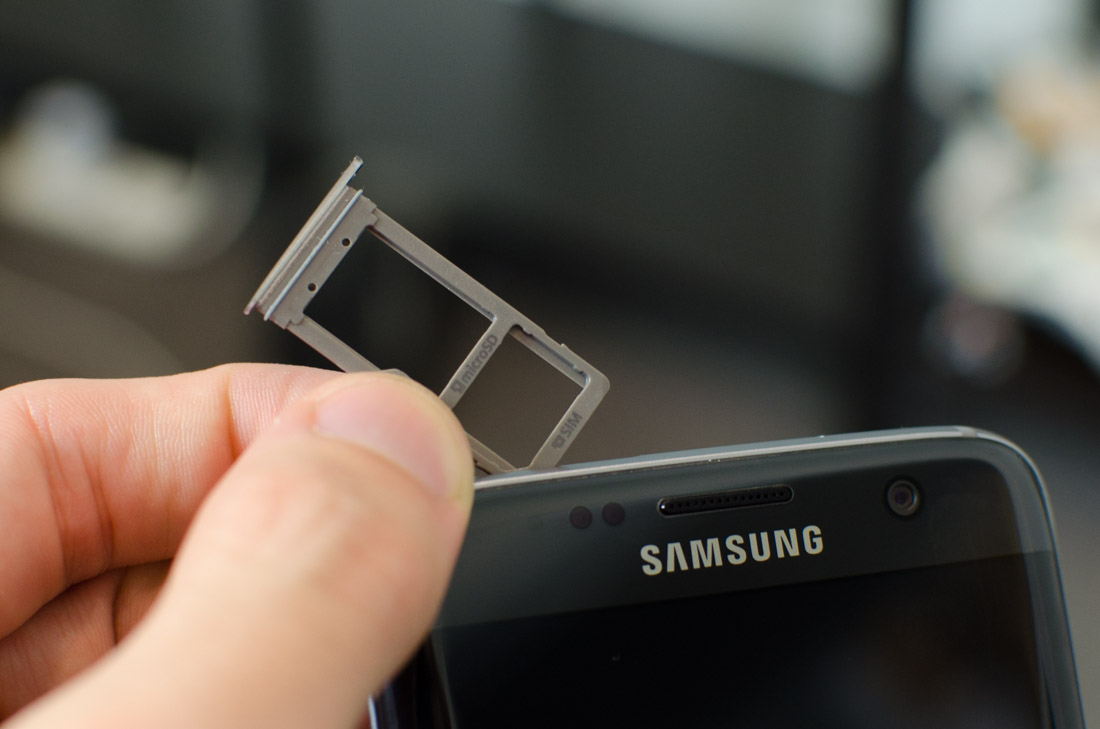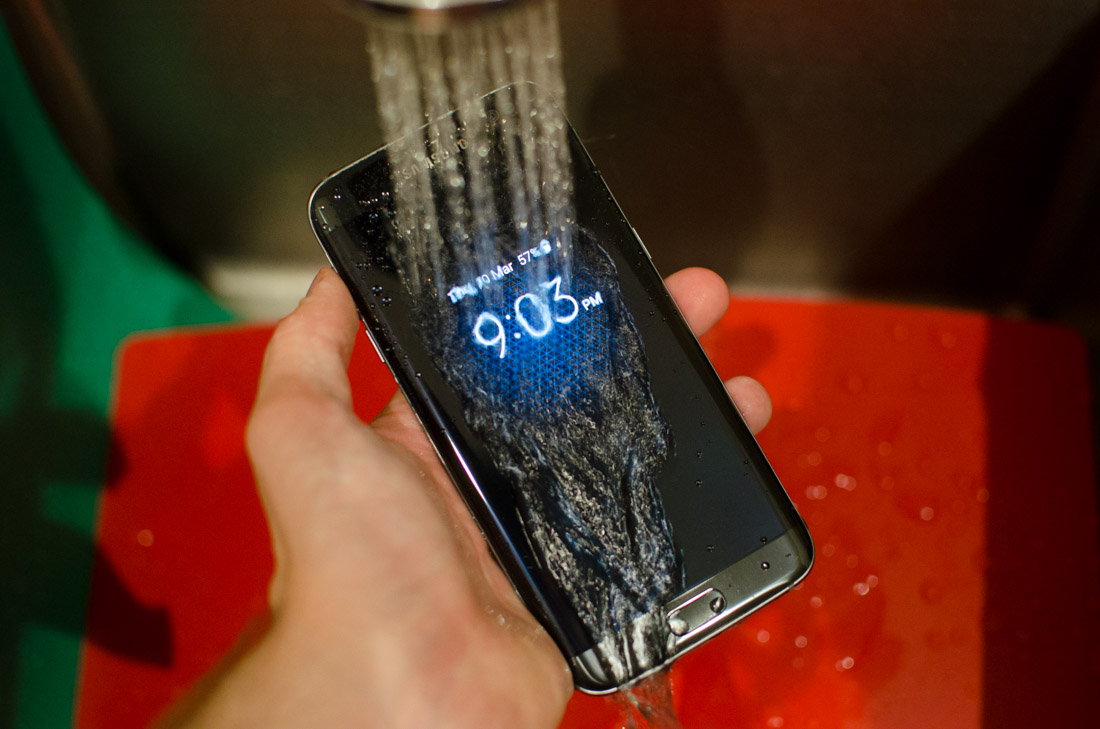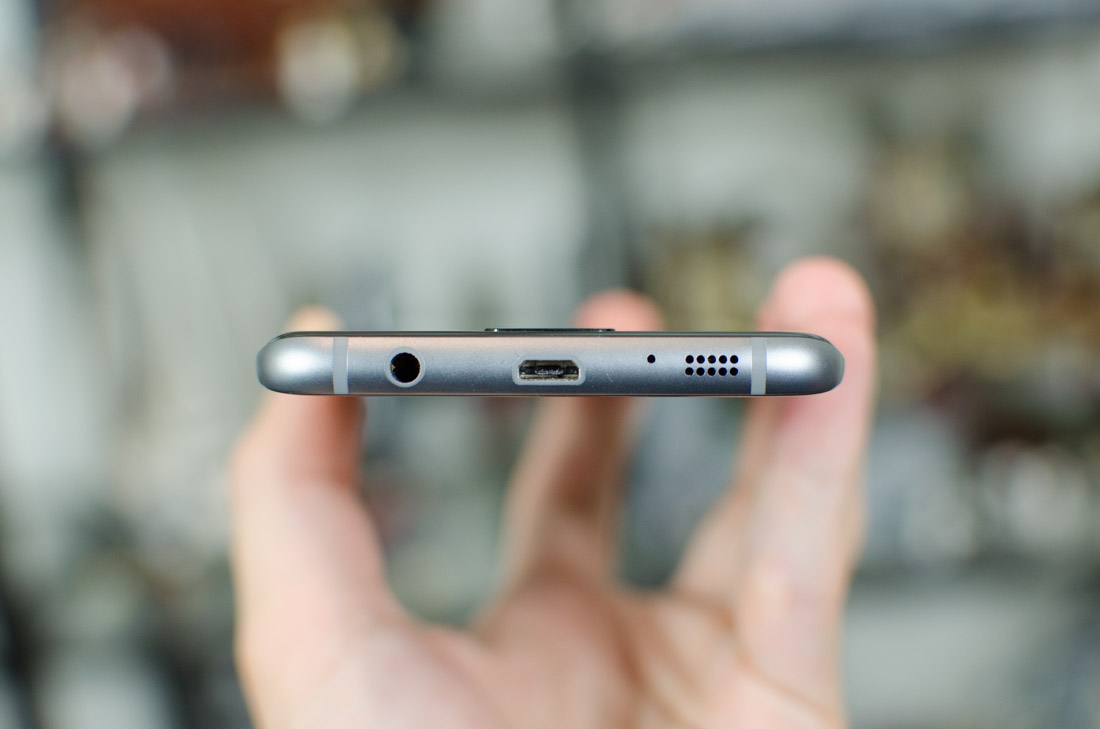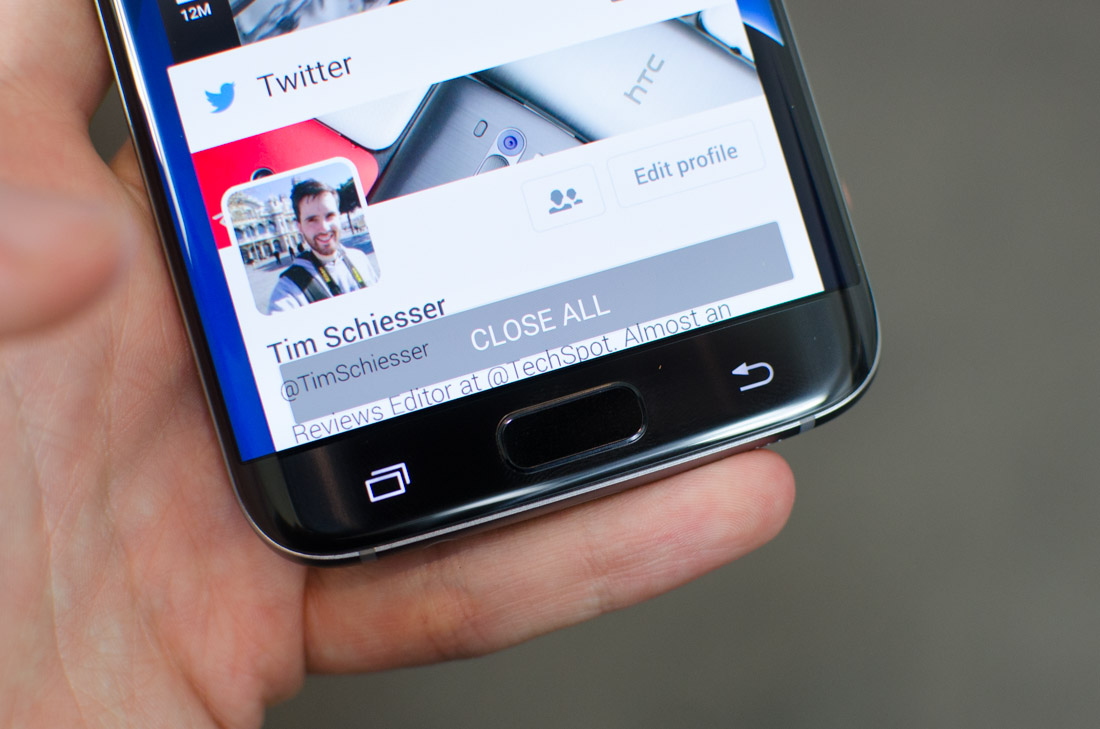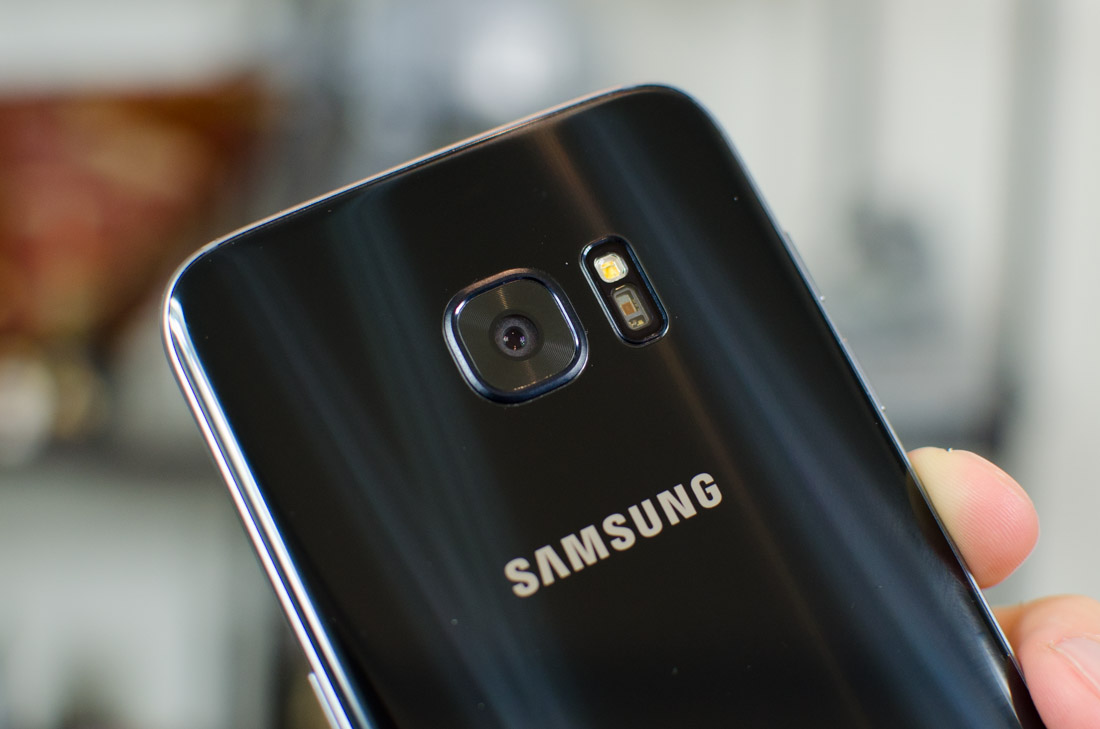Of all the phones announced at Mobile World Congress 2016, Samsung's Galaxy S7 Edge was the one that impressed me the most. It's clear Samsung has listened to complaints leveled at last year's flagship and have endeavored to address every one. As a result, the Galaxy S7 series is an evolutionary step, and one that has resulted in the best device ever created by the Korean giant.
With both the Galaxy S7 and S7 Edge retaining the key design aspects of the Galaxy S6, the most obvious change is in the size of the two devices. The Galaxy S7 is still a 5.1-inch handset with a 1440p AMOLED display, but the dual-curved-edge Galaxy S7 Edge has increased in size to 5.5-inches. This sensibly transforms the Edge from a direct competitor to the Galaxy S6, to a device that sits between the S7 and Note 5 in Samsung's product stack.
Most of the Galaxy S7's other changes are under the hood. Samsung has returned to a mix of Qualcomm Snapdragon and Samsung Exynos SocS, with most markets getting the speedy Snapdragon 820. The camera has changed from a 16 MP unit to 12 MP, leading to an increase in pixel size and improvements in low light performance. But the most welcome of all changes? Larger batteries, with the S7 getting a 3,000 mAh unit, while the Edge gets 3,600 mAh.
On top of these improvements, Samsung has also brought back two of the most loved features in the older Galaxy S5: water resistance (sans annoying flaps), and a microSD card slot. What you're not getting is a USB Type-C port, as Samsung wants the S7 series to maintain compatibility with the Gear VR, which uses micro-USB. Other than that though, the Galaxy S7 and S7 Edge are filled with the latest collection of hardware available.
So far I've had the most hands-on time with the Galaxy S7 Edge, which I've been using for the past few weeks. It's an Australian model, so it's equipped with an Exynos 8 Octa 8890 rather than the Snapdragon. I'll have further thoughts on the Snapdragon 820 version of the S7 later on when I can test them side by side, even though Samsung likes to say the difference is negligible.
There's no denying that the Galaxy S7 Edge is a beautiful handset, and Samsung has put in a lot of effort into improving the ergonomics of the dual-edge body. Where the S6 Edge wasn't very comfortable to hold, the new rounded metal edges of the S7 Edge make it significantly easier to hold, and it no longer feels like two thin metal strips are digging into your hands.
The curved display still leads to less metal on the sides to grip, which in turn makes the S7 Edge less easy to hold than the regular Galaxy S7. Combined with a smooth glass back, and there is a chance that this smartphone may slide out of your hands more often than you'd like. However, the improvements to the S7 Edge's sides do make a difference, even if the design is visually similar.
As before, the entirety of the S7 Edge's design is made from either metal or glass. The black model I have for review looks fantastic (it's actually black this time, rather than dark blue), with the sleek glass panels on the front and back giving this handset a premium aesthetic. The metal around the edges looks just as good as it did on the Galaxy S6, once again complementing the glass from a visual and textural standpoint.
It's immediately apparent when you hold the S7 Edge that this phone has been immaculately constructed. Unlike the somewhat sloppy and plasticky Samsung designs from several years ago, the glass and metal seamlessly meet on the Galaxy S7's body. The slight curve to the front glass panel on all edges means you'll never feel the metal join, while the curved glass back feels just as good here as it did on the Galaxy Note 5.
The extra rounding that has been applied to the edges of the Galaxy S7 series not only improve its ergonomics, but also help hide the extra thickness of the device. To accommodate a larger battery, Samsung has increased device thickness from 6.9mm to 7.7mm, which honestly you can barely feel in your hands. The extra millimeter or so has also allowed the camera bump to shrink to a mere 0.46mm, while the 25 gram weight increase (up to 157 grams total) is mostly attributable to a larger body.
Having just spent a few months with the 5.7-inch Google Nexus 6P, the Galaxy S7 Edge is a very comfortable size for everyday use. If anything, the smaller screen makes it easier to use one-handed, although in this respect it still falls behind the relatively compact 5.1-inch Galaxy S7.
There's no removable battery, but users should be extremely pleased to see the return of the microSD card slot, which is found in a tray along the device's top edge with a spot for the nano-SIM as well. Expandable storage is still the best way to increase your device's storage on the cheap, with 128 GB cards retailing for as low as $35 these days.
Water resistance has also returned as a no fuss feature you probably won't even realize is part of the S7 Edge's package. There are no annoying flaps covering ports, but you're still getting IP68 protection that allows the device to be submerged in up to 1.5m of fresh water for 30 minutes. It's also completely protected against dust ingress.
As with all IP-rated smartphones, there are some things to be wary of. The Galaxy S7 is not fully resistant against salt or chlorinated water. While you can take the phone in a chlorinated pool, it's a good idea to wash the phone in fresh water after it's been submerged. Also you should know that the S7 Edge may refuse to charge if the USB port is still somewhat wet, as a safety measure against any water damage.
The USB port on the Galaxy S7 Edge is standard micro-B so that the smartphone is still compatible with the Gear VR. I'd have liked to see the S7 Edge support USB Type-C, like the majority of smartphones that are set for release this year, but I can definitely understand why Samsung has opted not to include it this year.
Like the phones that came before it, the S7 Edge has a fingerprint sensor located below the screen, which doubles as a home button. The performance of the sensor has been improved and now it's easily as fast as Touch ID on the iPhone 6s. As an estimate, the fingerprint reader was around 95% accurate during my time using it, which is a pretty good result.
On the back of the S7 Edge is a very sleek glass panel with a slightly raised camera unit along with an LED flash and a heart rate monitor.
Besides black, you can also get the Galaxy S7 Edge in white, gold or silver. The latter two are extremely reflective due a metal-like finish below the glass.
Perhaps the only major downside to be found on the S7 Edge's design is the lack of stereo or front-facing speakers. The handset has a single speaker along the bottom edge, which is reasonably loud, but it lacks the clarity and quality you'd get from dual front-facing speakers. It's also quite easy to block the speaker while gaming, so you'll need to watch your hand placement.
